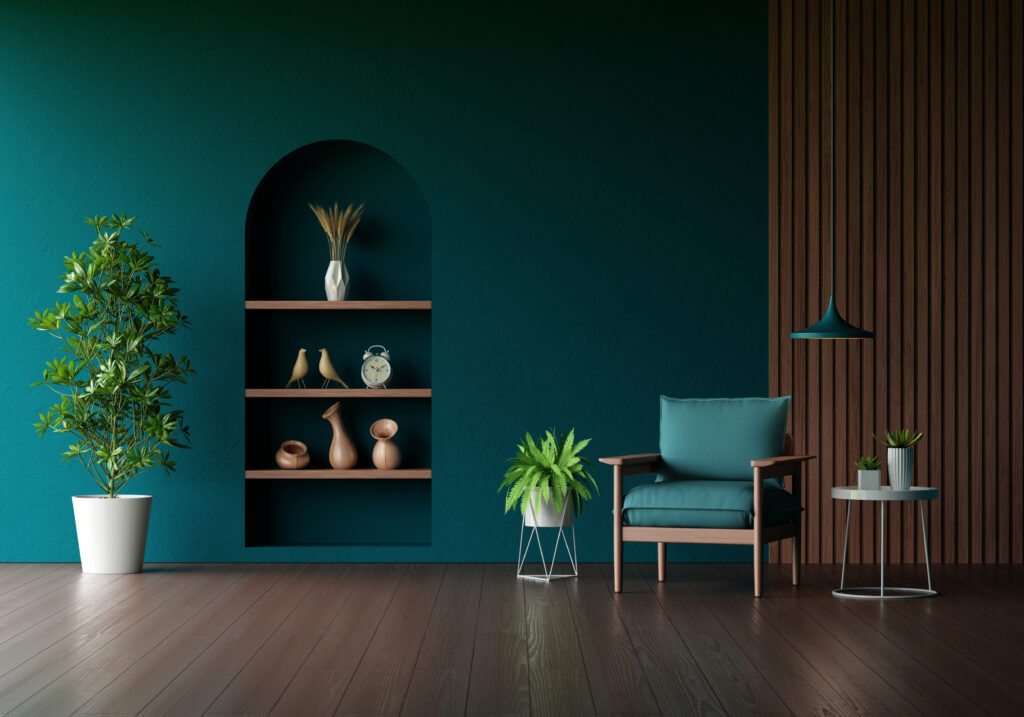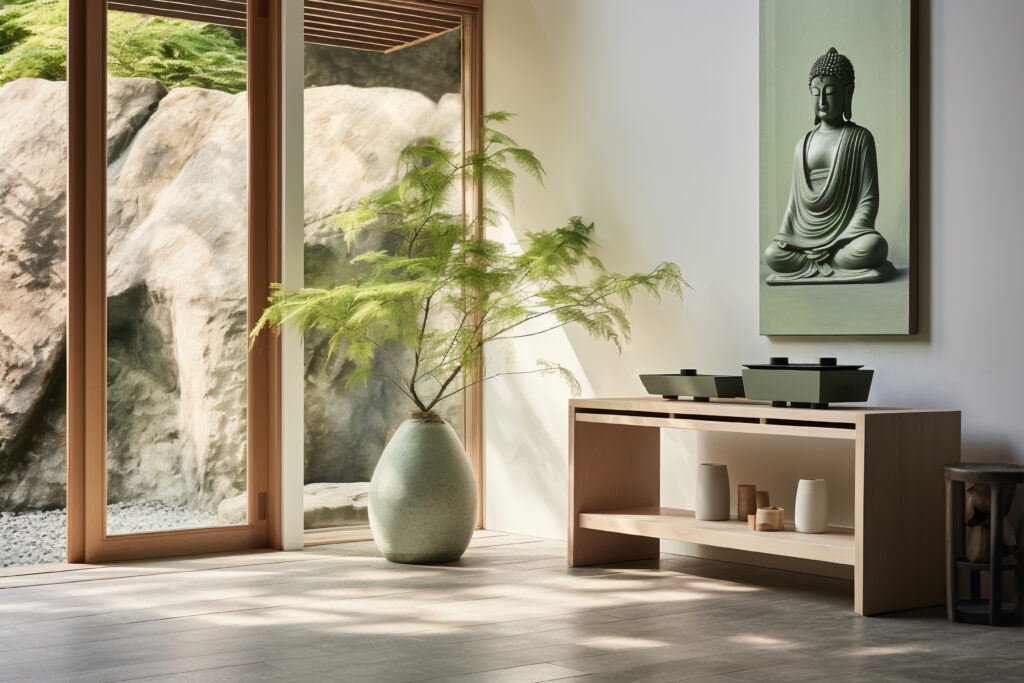
In recent years, the concept of wellness has taken centre stage in discussions about healthy living and working environments. Designing spaces promoting physical, mental, and emotional well-being has become a top priority for architects, interior designers, and employers. the principles and practices of designing for wellness, focusing on how thoughtful design can positively impact our daily lives.
The Impact of Design on Wellness
Design profoundly influences our well-being, whether at home, in the office, or in public spaces. From the layout of a room to the choice of materials and colours, every aspect of design can either support or hinder our health. For instance, natural light, proper ventilation, and access to green spaces have been linked to improved mood, productivity, and overall health.

On the contrary, poor indoor air quality, clutter, and lack of ergonomic furniture can contribute to stress, fatigue, and even physical ailments. Understanding these dynamics is crucial to creating environments that prioritize wellness.
Designing for Physical Health
Physical health is a fundamental aspect of wellness, and it should be at the core of any design strategy. In residential spaces, this may involve creating functional and inviting areas for exercise, as well as ensuring the kitchen is designed to encourage healthy eating habits. In the workplace, ergonomic workstations, standing desks, and accessible stairways can promote physical activity and reduce the risk of sedentary behaviour. Additionally, incorporating biophilic design elements, such as indoor plants and natural materials, can contribute to lower stress levels and improved air quality. For more information contact Best Interior Design and Fit-out Contractor.
Mental and Emotional Well-being in Design
Beyond physical health, the impact of design on mental and emotional well-being cannot be overstated. Spaces that offer privacy, quiet areas, and opportunities for social interaction can support emotional balance and reduce feelings of isolation. Incorporating elements of nature, such as water features and views of greenery, can have a calming effect and promote mental clarity. Moreover, the use of soothing colours, comfortable furniture, and adaptable lighting can create environments conducive to relaxation and stress reduction.
Creating Healthy Work Environments
The modern workplace presents unique challenges when it comes to wellness. Long hours spent in front of screens, high-stress levels, and limited opportunities for movement can take a toll on employees’ health. Designing for wellness in the workplace involves implementing strategies to mitigate these challenges. This may include designing open and collaborative spaces to foster creativity and teamwork, as well as providing quiet zones for focused work. Furthermore, incorporating elements of biophilic design, such as natural light and greenery, can enhance productivity and job satisfaction.
Inclusive and Accessible Design
Wellness-oriented design should also be inclusive and accessible to all individuals, regardless of age, ability, or background. This requires thoughtful consideration of universal design principles, such as providing barrier-free access, clear wayfinding, and adaptable spaces. For instance, incorporating adjustable desks and furniture can accommodate individuals with diverse physical needs, while sensory-sensitive design can create inclusive environments for neurodiverse individuals.
The Role of Technology in Wellness Design
Advancements in technology offer new opportunities to enhance wellness through design. Smart building systems can optimize energy efficiency, air quality, and lighting to create healthier indoor environments. Wearable health technology can also be integrated into design strategies to promote physical activity and monitor health metrics. Additionally, virtual reality and augmented reality can be used to simulate and design spaces that are tailored to promote wellness, allowing designers to test and refine their concepts before physical implementation.
The Future of Wellness-Oriented Design
As awareness of the importance of wellness continues to grow, the demand for design solutions that prioritize health and well-being will only increase. From sustainable architecture to biophilic urban planning, the future of design is inherently connected to creating environments that support human flourishing. Moreover, the integration of wellness principles into building codes, standards, and certifications will further drive the adoption of wellness-oriented design practices across various industries.
Designing for wellness is not just a trend, but a fundamental shift in how we approach the built environment. By considering the physical, mental, and emotional needs of occupants, designers have the power to create spaces that foster health, happiness, and productivity. Whether it’s a home, an office, a hospital, or a public park, the principles of wellness-oriented design can be applied to elevate the quality of life for all. As we look to the future, the role of design in promoting wellness will continue to evolve, shaping a world where the places we inhabit actively support our well-being. For more information contact Best Interior Design and Fit-out Contractor.